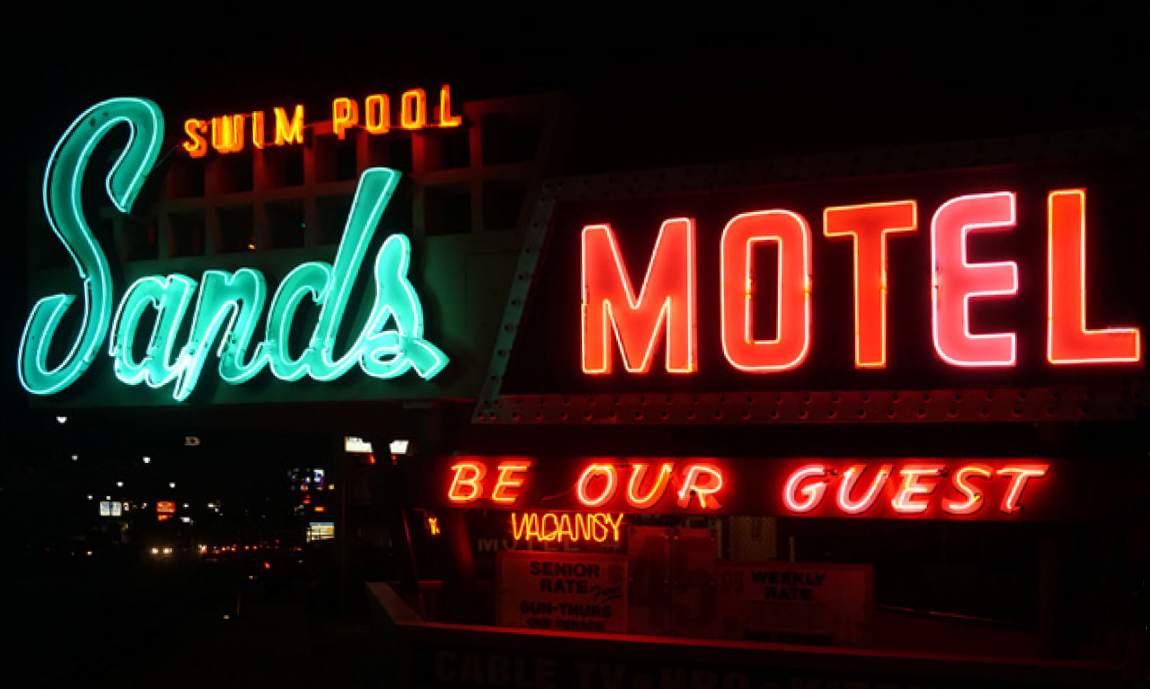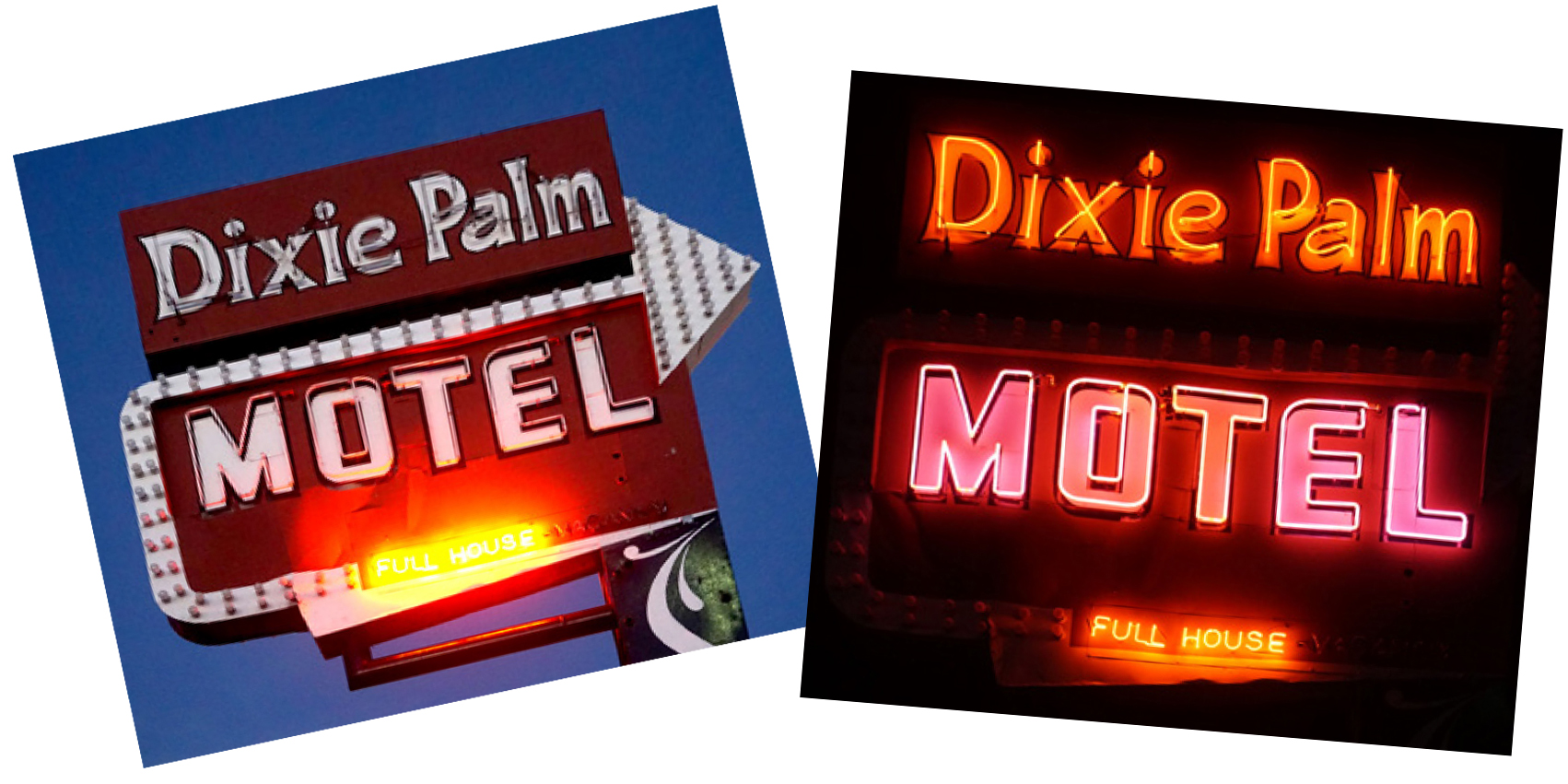By Douglas Towne
Utah has more connections to the South than just their oddly named NBA franchise, the Jazz, who moved to Salt Lake City in 1979 after five years of operation in New Orleans. The Beehive State also has a region called Dixie, but don’t expect to be dazzled by its mint juleps and antebellum plantations. America’s “other” Dixieland is noted for its ice cream and upscale retirement developments.
Mormon leader Brigham Young facilitated settlement of southwest Utah in reaction to worries over the lack of cotton supplies at the start of the Civil War in 1861. He perceived that the area’s climate was mild enough to grow the hot weather crop and sent a “Cotton Mission” composed of 309 families, many with Southern roots, to what the settlers nicknamed, “Utah’s Dixie.”
While the Mormon settlers were able to grow cotton, they soon abandoned the crop because of high production costs. The town the settlers founded, St. George, was more successful and has become one of the fastest-growing areas in the country. The mild climate entices newcomers, as well as the remarkable convergence of the Mojave Desert, Colorado Plateau, and Great Basin. Easy access to the neon lights of Las Vegas, a mere two-hour drive away, is also a plus.
Until Interstate 15 intruded upon the landscape in the late 1960s, St. George’s main drag was U.S. Highway 91. This supplanted the earlier Arrowhead Trail route, which connected Salt Lake City to Los Angeles in 1915. U.S. Highway 91 ran even farther, from Long Beach, California to Alberta, Canada. Its most famous section was the Los Angeles Highway, aka Las Vegas Boulevard or “The Strip” in neighboring Nevada.
From a commercial archeology perspective, the most intriguing aspects of St. George are found along the former highway now called St. George Boulevard. Even my geologist wife would agree, but she’d be more interested in the sights a few blocks to the north of the old highway where the Red Hills, sandstone bluffs from the Jurassic period, loom over the old road.
1: Sands Motel
581 East St. George Boulevard

The Sands Motel is a must visit for any roadside fan! Where else down the street at dusk and walk up and caress the tubing on a working vintage neon sign? The motel’s user-friendly, low-slung sign hangs out over the sidewalk within reach of pedestrians. In most any other town, this would result in untold vandalism but apparently the St. George residents – and visitors – are well behaved and leave the neon to hum happily at night. The Sands sign includes “Swim Pool” and “Be Our Guest,” which probably date it to the 1950s.
2: Dixie Palm Motel
185 East St. George Boulevard

The Dixie Palm is a 15-unit complex owned by the Wittwer family, which operates a handful of motels in southwestern Utah. The lodge uses the Dixie namesake, a “Full House” phrase, and palm tree imagery on its sign. Although not native, residents plant palm trees for landscaping though the desert plants don’t always survive the occasional freezes. And the “Full House” expression doesn’t indicate the presence of a poker room at the vintage motel. In fact, most people aren’t sure what to make of the phrase. “The ‘full house’ expression just confused people, so we had to add a modern ‘No Vacancy’ sign in the office window,” laments Vicki T., the motel’s general manager.
To read the rest of this article, members are invited to log in. Not a member? We invite you to join. This article originally appeared inSCA Road Notes, Fall 2017, Vol. 25, No. 3. SCA Road Notes, informally known as SCA News, is a quarterly publication and a member benefit of the Society for Commercial Archeology. Back issues are available for download.
More Articles Join the SCA


